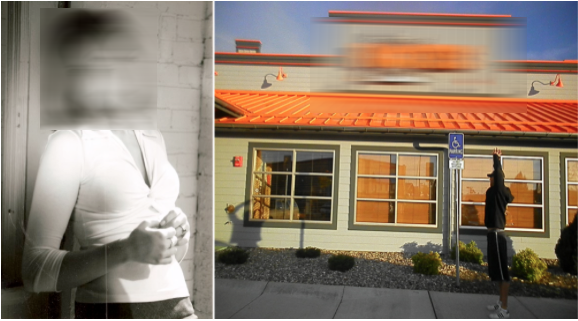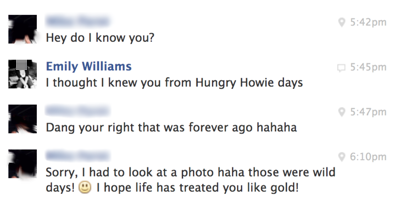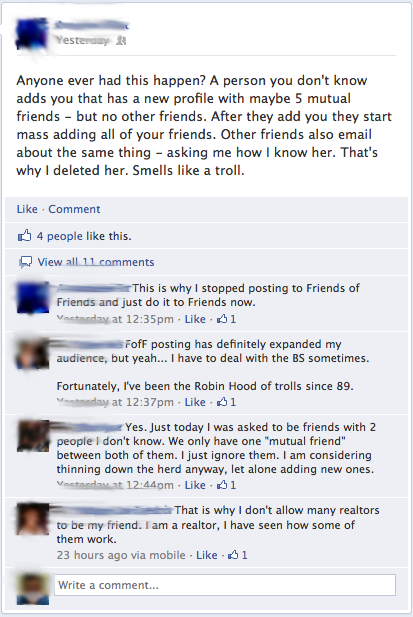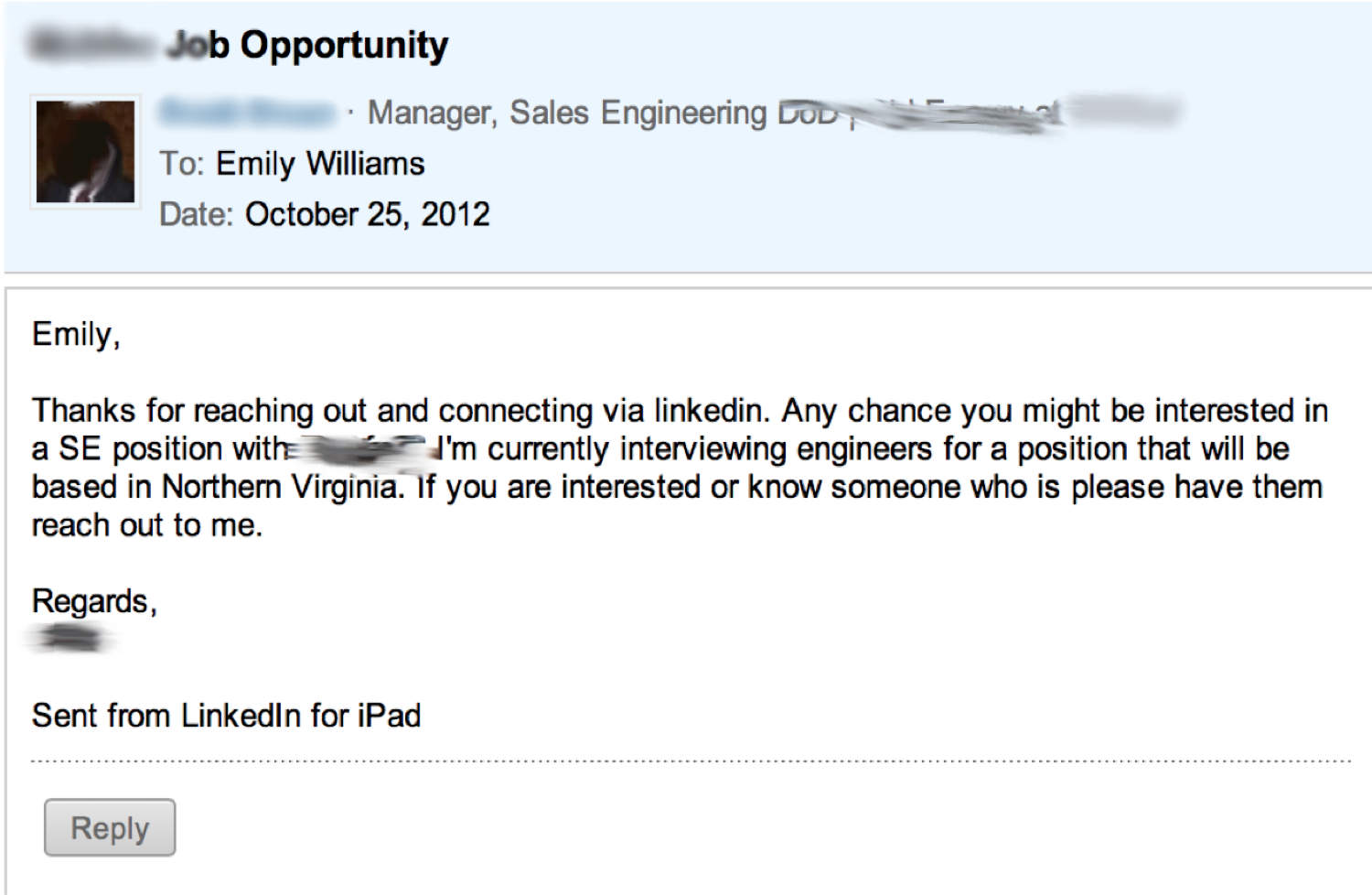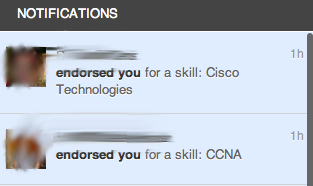Disclaimer: This post has been modified to exclude specific subjects not approved for public viewing
Emily Williams and Robin Sage
Emily Williams and Robin Sage don’t exist in the real world. They are fake social network accounts designed to obtain sensitive information. Robin Sage was created in late 2009 to obtain information from intelligence on US military personnel. Her story was presented at the Black Hat hacker conference upsetting many people by exposing the type of sensitive data provided over social networks. Joey Muniz and Aamir Lakhani decided to go one-step further and ask the hard question: “what else can happen outside of data being leaked over social networks”. We decided to find out using Emily Williams.
NOTE: The research presented is real. Many people reading this are friends with Emily and probably mad at us. We have informed anybody attacked so if you haven’t heard from us, you are just social network friends with Emily.
Emily’s Real Employer
Emily Williams was created in November 2011 for Facebook and LinkedIn. Our goal was to pick a specific target and see how far we could penetrate the target using social networks as the entry point for infiltration. The plan was to build up a social network with key personal and launch attacks from Facebook and LinkedIn that compromised systems using social networks. From there, we could gain entry into the network and more or less capture the flag. The research was made public with the goal of educating employees about security around social networks as well as the current potential threats that could target people like you. We had executive approval before conducting the experiment.
Social Network Findings
The first step was creating the Facebook and LinkedIn accounts. We found a non technical female employee from the restaurant industry (that happened to be a few blocks from our target) to volunteer pictures for Emily’s appearance. We developed a fake social security number, residence and other areas that may be searched to make Emily seem real. We gave Emily an IT background from the University of Texas and updated her profile with a matching employment background.
Social Engineer Using Facebook Profile Info
User Flags Emily
Step two was building up friends prior to networking with our target audience. We decided to pick on Joey Muniz’s friends figuring if they flagged her as fake, they wouldn’t inform anybody from our target audience. Within hours we had over 100 friends using manual adding methods. We found very little resistance to accepting her as a friend however one individual not only denied her friend request but also posted to his friends a warning about Emily without actually calling her out. Another funny story was a friend ask “Do I know you?” and by simply replying with information from his social profile, we had him say he remember her. The lesson learned is think about what you post because it could be used against you!
Job Offer Based On Profile Info
Once we had a decent number of friends, we updated her status as a new employee to our target with a technical engineering title. From there, we start adding potential targets starting with sales and mid level technical staff as well as our partners with the target. We not only grew our friends from the organizations, we also started receiving job offers, meeting requests and congratulations on the new job with our target. As our target audience friend number grew, we started moving up the rank eventually capturing people from Human Resources and Engineering who would be responsible for hiring Emily if she existed. We moved all the way up to executive leadership and happy to say our President denied her friend request based on looking for her name is the corporate directory. We have a lot of respect for his diligence.
Can You Trust LinkedIn Endorsing?
At this point we have networked with our target audience and have enough key members linked to perform attacks. Part 2 of this story will feature how we leveraged the social network to obtain access to the network. Consider part 2 the answer to WHY Robin Sage and Emily Williams are a risk for organizations. Stay tuned for part two and again for those involved, don’t worry we didn’t do anything bad to you unless we told you. Oh and thanks for helping us prove our point about the dangers of social networks!
Article written and research conducted by:
Joey Muniz
Blog: www.thesecurityblogger.com
Aamir Lakhani
Blog: www.cloudcentrics.com


